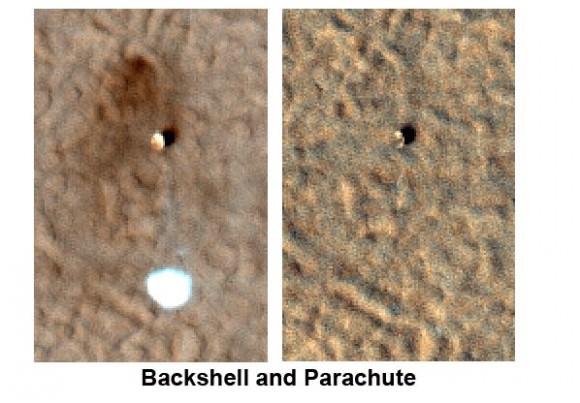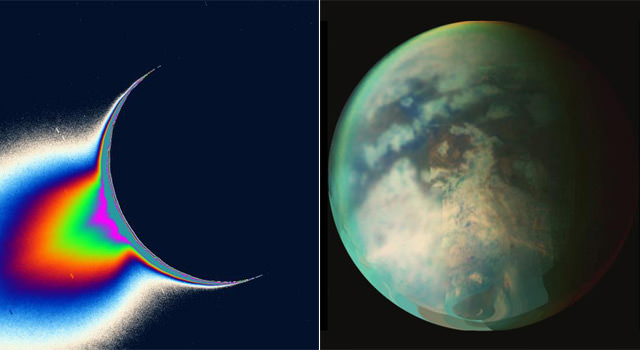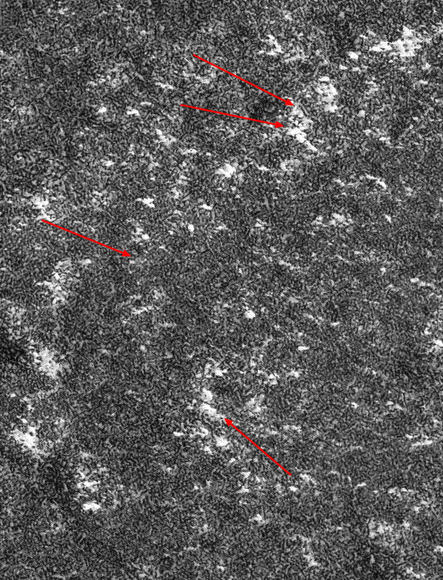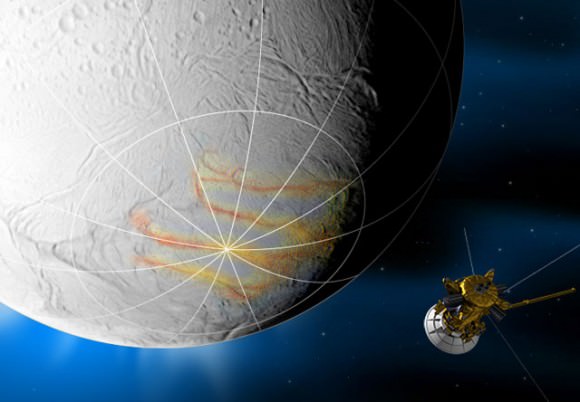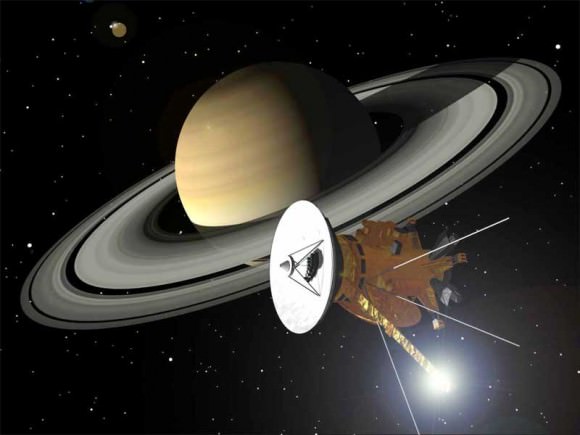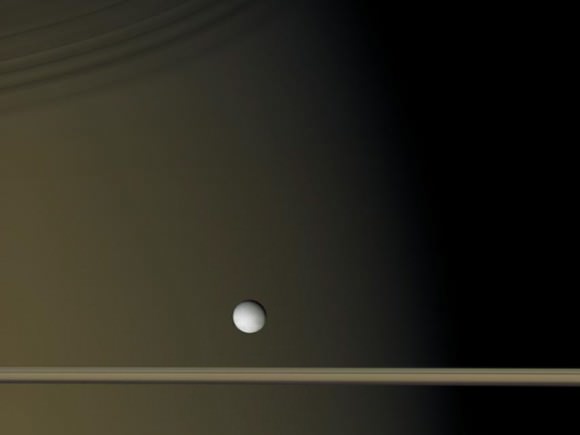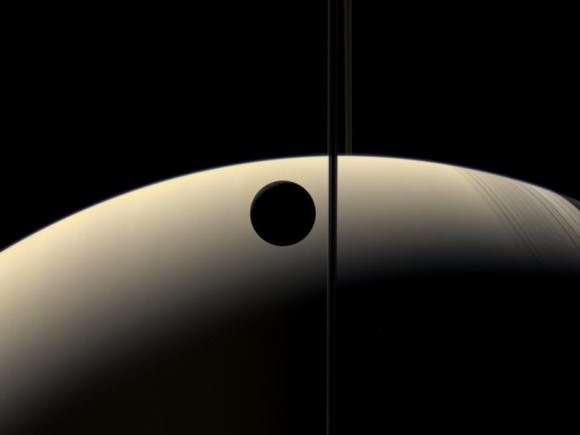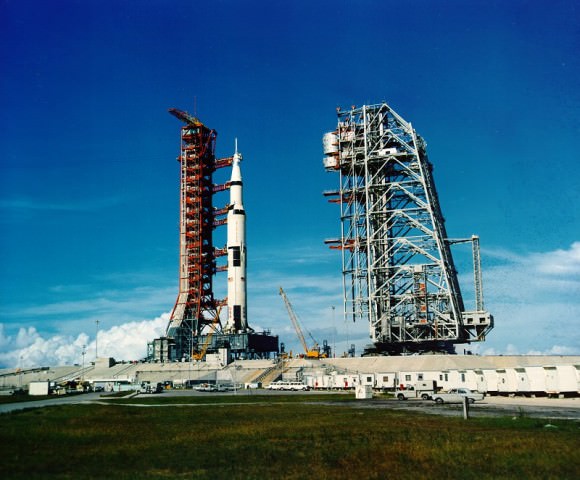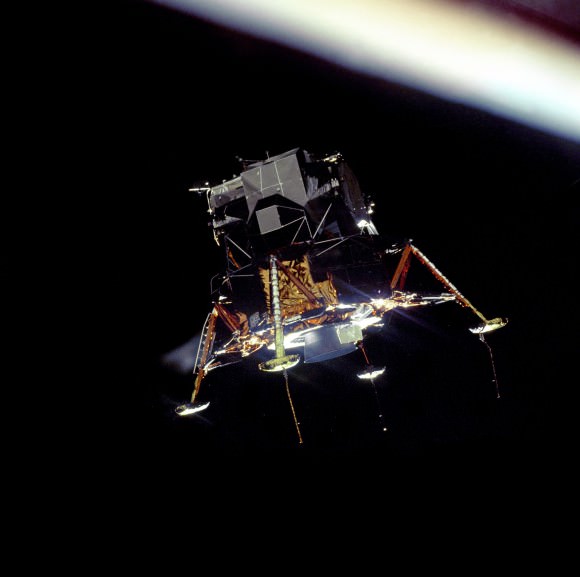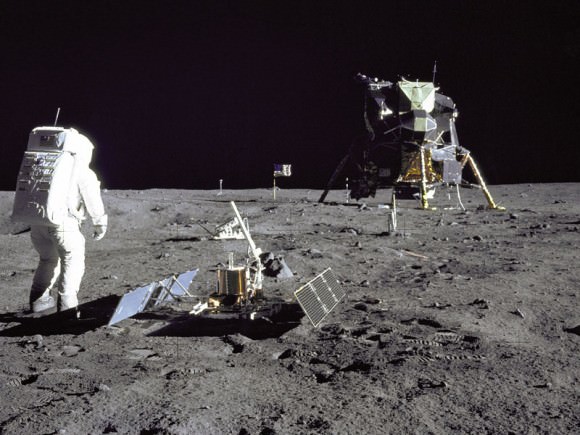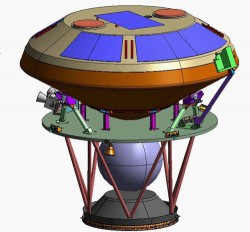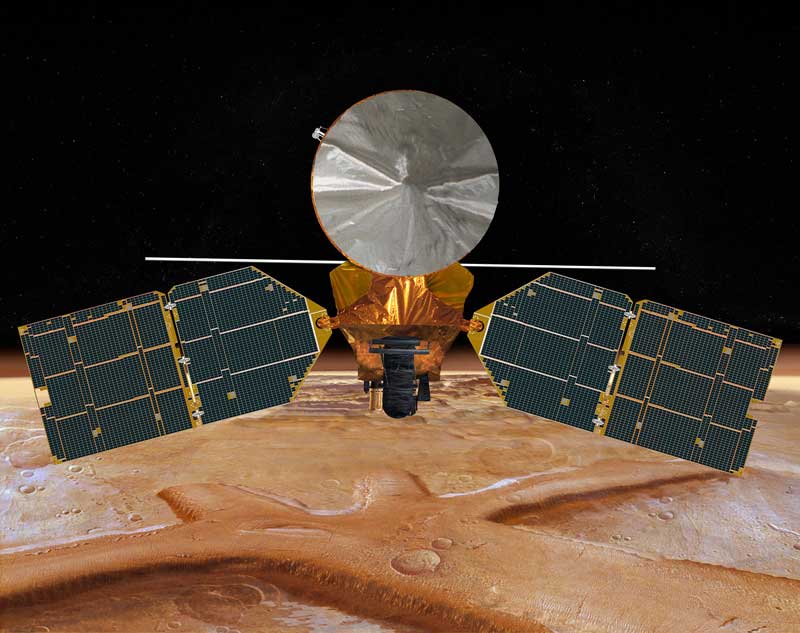[/caption]
Already, the Solar Dynamics Observatory, or SDO, has taken over 5 million images, and the firehose of data and spectacular images is allowing solar scientists to begin understanding the dynamic nature of solar storms. With SDO, scientists are seeing that even minor solar events can have large effects across the Sun. “In essence, we are watching the butterfly effect in action on the Sun,” said Dean Pesnell, SDO project scientist.
The Atmospheric Imaging Assembly (AIA), one of three instruments aboard SDO, records high-resolution full-disk images of the Sun’s corona and chromosphere in more channels and at a higher rate than ever before. “This will allow us to zoom in on small regions and see far more detail in time and space, and zoom in on any part we want,” said Pesnell. “By looking at entire Sun we can see how one part of the Sun affects another. You can then zoom in to measure the changes in great detail.”

Shortly after AIA opened its doors on March 30, scientists observed a large eruptive prominence on the sun’s edge, followed by a filament eruption a third of the way across the star’s disk from the eruption.
“Even small events restructure large regions of the solar surface,” said Alan Title, AIA principal investigator at Lockheed Martin Advanced Technology Center. “It’s been possible to recognize the size of these regions because of the combination of spatial, temporal and area coverage provided by AIA.”
At the 216th American Astronomical Society meeting this week, Title said that some of the initial data from SDO is providing maps of magnetic fields and movies that are giving scientists some confidence in trying to decipher the cause and effect of solar storms
AIA observed a number of very small flares that have generated magnetic instabilities and waves with clearly-observed effects over a substantial fraction of the solar surface. The instrument is capturing full-disk images in eight different temperature bands that span 10,000 to 36-million degrees Fahrenheit. This allows scientists to observe entire events that are very difficult to discern by looking in a single temperature band, at a slower rate, or over a more limited field of view.
Solar storms produce disturbances in electromagnetic fields that can induce large currents in wires, disrupting power lines and causing widespread blackouts here on Earth. The storms can interfere with global positioning systems, cable television, and communications between ground controllers and satellites and airplane pilots flying near Earth’s poles. Radio noise from solar storms also can disrupt cell phone service.
To help scientists and the public to understand and have access to the large amount of data being returned by SDO, the science team has built some tools to help communicate the data.
New websites will help researchers find data sets relative to their topics of interest and provide an overview to the casual observer.
“SDO generates as much data in a single day as the TRACE mission produced in five years,” said Neal Hurlburt from SDO mission, from Lockheed Martin. “We want to share it with the public, but we want to do it in an effective way, so we developed the Heliophysics Events Knowledgebase (HEK) and the Sun Today Website.”
The Sun Today website displays the current state of events on the sun. These can guide researchers and others to more detailed descriptions and access to associated SDO data.
HEK includes the Event and Coverage Registries (HER, HCR), Inspection & Analysis Tools, Event Identification System and Movie Processing. Event services enable web clients to interact with the HEK.
There is also a tutorial on how to work with the data, and extract images and movies from the SDO data.
More info: SDO website.



